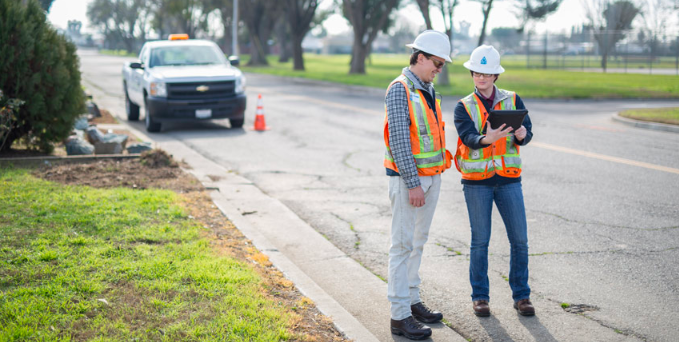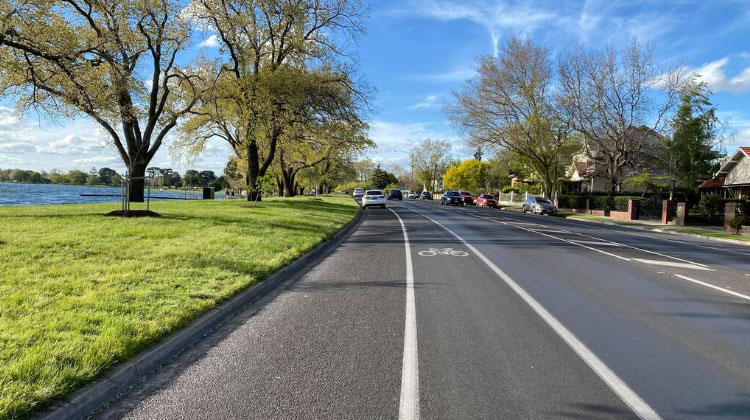
Car Parking Demand Assessments are an integral part when applying for a Car Parking Reduction under Clause 52.06 of the Planning Scheme.
Most Real Estate Developments or Change of Use applications require a car parking reduction or in other words a car parking waiver. If in need of a car parking reduction, you must submit a Car Parking Demand Assessment along with your Planning Permit application. If you are not sure where to start, continue reading on as the traffic engineers at RedSquare Traffic have summarised all important aspects of a Car Parking Demand Assessments.
Clause 52.06 of the Planning Scheme
As you submit your town planning drawings or your town planning application to the local council, your proposal is assessed against a number of Planning Scheme Clauses. A Clause that has a significant importance in many planning applications and also relates to traffic engineering is Clause 52.06. Table 1 of Clause 52.06 specifies the number of car parking spaces which must be provided for each land use type. Most land use types fit within these generic land use categories while some don’t. The ones that don’t fit within these categories must provide car parking to the satisfaction of the road authority. The latter category requires negotiation with the council which is best handled by experienced traffic engineers; like our team at RedSquare Traffic.
As your planning proposal is assessed against Clause 52.06’s parking requirements, the Statutory Planner in charge of your application will make an assessment as to whether your development provides sufficient car parking provisions to satisfy the Statutory Requirements (Table 1 of Clause 52.06). Where a shortfall is discovered, the Planner will request you to issue a Request for Further Information (RFI) which include a requirement to provide a Car Parking Demand Assessment in line with Clause 52.06-7.
What is included in a Car Parking Demand Assessment?
In preparing Planning Applications, you don’t necessarily have to have a qualification to produce documentation. Yet, a traffic engineer is your go-to-place when in need of a Car Parking Demand Assessment. The structure of this document is such that it needs to carefully address a range of items as specified in Clause 52.06-7 & 52.06-8.
In the process of doing so, traffic engineers often look at factors that can reduce the car parking demand or reliance on private cars as the only mode of transport. These factors include.
- Multi-purpose trips which assist in reducing the car parking demand.
- Variation of car parking demand over time.
- Varying rates of short-stay and long-stay car parking demand.
- Availability of public transport nearby.
- Convenience of pedestrian and cyclist access.
- Provision of bicycle parking and end-of-trip facilities (e.g. showers/lockers) for cyclists.
Notwithstanding this, a Car Parking Demand Assessment requires strong Parking Survey Data to assess whether patrons/visitors are able to rely on nearby street/public car parking opportunities should the on-site provisions are deemed insufficient. Often car parking surveys are conducted across anticipated peak times of your business to analyse the existing parking demands in the area. The obtained data goes a long way in establishing a strong case to achieve support for your proposed car parking reduction.
Success rates of Car Parking Demand Assessments
On most occasions, applications to reduce a car parking requirement results in a successful outcome provided the application requests for a realistic reduction. When you work with RedSquare Traffic; at the time of the project commencement, we will let you know with our experience what we believe the realistic car parking reduction would be. There is no financial obligation associated with such preliminary advice offered by our traffic engineers. Whilst we strive to achieve the best possible outcome for you, councils may come back with concerns. Just because there are concerns doesn’t mean your application to reduce the car parking requirements is a failure. We often come up with mitigation measures to reduce the car parking demand or reliance on private cars as the sole mode of transport. The process of including mitigations measures requires a strong negotiation process with council members; often with the traffic engineering team. Some of these mitigation measures could include:
- Provision of bicycle parking spaces and end-of-trip facilities for cyclists to shift away from private cars as being the sole mode of transport.
- Provisions for car pooling options and/or incentives provided when carpooling/sharing strategies are adopted. These are more common treatments for developments such as educational/office buildings.
- Encouraging the use of public transport to access the facility and providing encouraging measures where feasible.
- Preparation of Car Parking Management Plans to strategically manage the car parking demand e.g. Impose time restrictions on car parking spaces, allocation of parking spaces for various users.
RedSquare Traffic’s experience in Car Parking Demand Assessments
Our team of traffic engineers are experts at producing result-oriented Car Parking Demand Assessments. To say the least, we prepared over 100 Car Parking Demand Assessments just within the year 2022 and all of them have been successful in achieving the desired car parking wavier. Some applications were a walk in the park; while some required extensive negotiations with councils. At the end of the day, we got there and that’s what matters!
If you are in search for a skilled traffic engineer to assist you in applying for a car parking reduction, reach out to our experienced traffic engineers.












